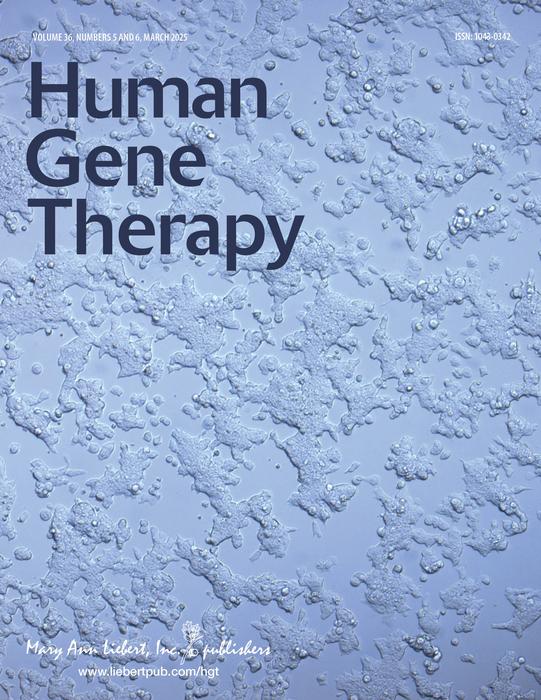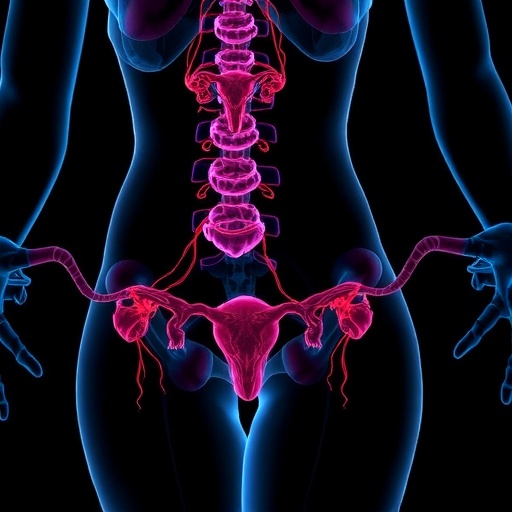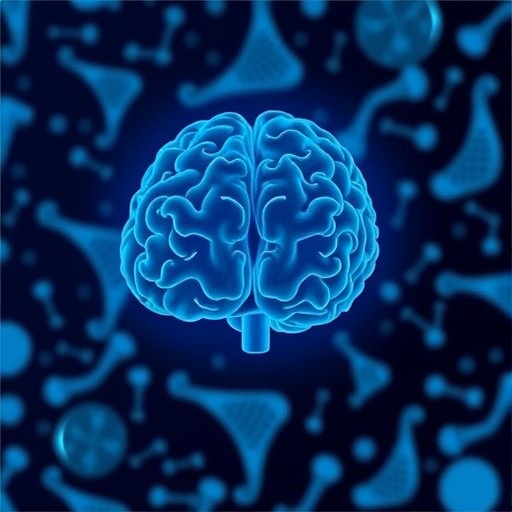
A recent investigation published in the esteemed journal Human Gene Therapy sheds light on a critical aspect of Niemann-Pick disease, type C1 (NPC1), particularly regarding the prevalence of neutralizing antibodies that impact the efficacy of adeno-associated virus (AAV) based gene therapies. NPC1 is a rare and severe neurodegenerative disorder that presents unique challenges in gene therapy implementations due to the potential for pre-existing antibodies to lessen or entirely negate therapeutic benefits.
This study, spearheaded by renowned researchers including Forbes Porter from the Eunice Kennedy Shriver National Institute of Child Health and Human Development, provides vital insights into the immunological response observed in individuals diagnosed with NPC1. Data analyzed reveals that more than half of the subjects exhibited no detectable neutralizing antibodies against AAV2 or AAV9—two viral vectors commonly utilized in gene therapy protocols. The findings, presented at crucial time points of diagnosis and follow-ups, underscore the feasibility of gene therapies targeting the nervous system despite previous worries surrounding antibody presence.
The methodology employed involved a robust observational study that meticulously tested serum samples collected from participants aged between 0.9 to 17 years at diagnosis and then re-evaluated them between the ages of 6 to 28 years. This dual timeframe provided unique comparative data highlighting the dynamics of antibody presence throughout the individuals’ lives. Significantly, the study revealed that approximately 68.2% of these patients did not develop antibodies against AAV2 at either time frame, while 59.1% and 63.6% were devoid of AAV9 antibodies at the respective intervals.
Such encouraging findings bolster the scientific community’s perspective on the applicable use of systemic AAV9-based gene therapy in NPC1 treatment protocols. The data suggests a compelling need to revisit criteria for clinical trial enrollments and therapeutic plans, considering the implications of pre-existing neutralizing antibodies that may appear later in life and potentially hinder the durability of treatment.
The findings from this study serve multiple functions within the realm of gene therapy. They lay the groundwork for enhanced delivery strategies tailored specifically for NPC1 patients, promoting informed decisions in trial designs, and giving a framework for addressing the challenges posed by neutralizing antibodies. Thomas Gallagher, PhD, Managing Editor of Human Gene Therapy, emphasized the importance of such research to devise strategic methodologies for patient inclusion and the necessity of creating treatment plans that could counteract any immune responses detrimental to therapy efficacy.
NPC1, known for its severe neurodegenerative effects leading to early childhood mortality, poses significant therapeutic challenges. Addressing the mechanisms that involve neutralizing antibodies will play a crucial role in the ongoing development of gene therapies that target such complex disorders. The insights garnered from Porter and colleagues’ research position the scientific community to refine gene therapy approaches for diseases characterized by similar immune challenges.
Additionally, the study contributes significantly to the ongoing discourse on gene therapies for genetic disorders—an area experiencing rapid evolution as technology advances. As more genetic therapies move into clinical trials, understanding the immunogenicity linked to viral vectors is paramount. This body of work, therefore, not only contributes vital data for NPC1 but also enhances the broader understanding of how immune responses can shape the landscape of gene therapy across multiple conditions.
The analysis also opens dialogues on future research trajectories, inviting more comprehensive explorations into patient-specific responses to gene therapy during clinical applications. Future studies could delve deeper into the genetic and environmental factors influencing neutralizing antibody production, setting the stage for tailored therapeutic interventions. Approval from regulatory bodies for such innovative genetic therapies hinges on the robust scientific evidence provided by ongoing research efforts.
In conclusion, this groundbreaking study not only illuminates the complex interplay between viral vectors and immune responses in the context of Niemann-Pick disease but also signifies an important leap towards optimizing gene therapy applications. By delineating the prevalence of neutralizing antibodies, researchers pave the way for potentially transformative therapies that could significantly improve the prognosis for individuals suffering from this dire condition.
As the field of gene therapy continues to expand, studies like these are indispensable to ensure that clinical applications remain anchored in solid empirical evidence. The commitment to understanding the nuances of immune responses will undoubtedly shape the development of innovative solutions, leading to improved treatment strategies that enhance patient outcomes across various genetic disorders.
In summary, this research proves paramount, not only for NPC1 but for the entire discipline of gene therapy. By scrutinizing the prevalence of neutralizing antibodies, the scientific community is better equipped to tailor sophisticated gene therapy approaches that can address the unique immunological profiles of patients, leading to enhanced therapeutic efficacy and ultimately, improved quality of life for individuals affected by genetic diseases.
Subject of Research: People
Article Title: Prevalence of Neutralizing Antibodies to AAV2 and AAV9 in Individuals with Niemann-Pick Disease, Type C1
News Publication Date: 27-Feb-2025
Web References: Human Gene Therapy
References: DOI – 10.1089/hum.2024.233
Image Credits: Credit: Mary Ann Liebert, Inc.
Keywords: Neutralizing antibodies, Neurodegenerative diseases, Gene therapy, AAV-based therapies, Niemann-Pick disease, Clinical research, Immunogenicity, Genetic disorders.
Tags: AAV2 and AAV9 efficacyForbes Porter research findingsimmunological response in NPC1 patientsneurodegenerative disorders and gene therapyneutralizing antibodies in gene therapyNiemann-Pick disease researchobservational study on NPC1pediatric gene therapy challengesprevalence of antibodies in rare diseasesserum sample analysis in gene therapytherapeutic implications of antibody presenceviral vectors in gene therapy





